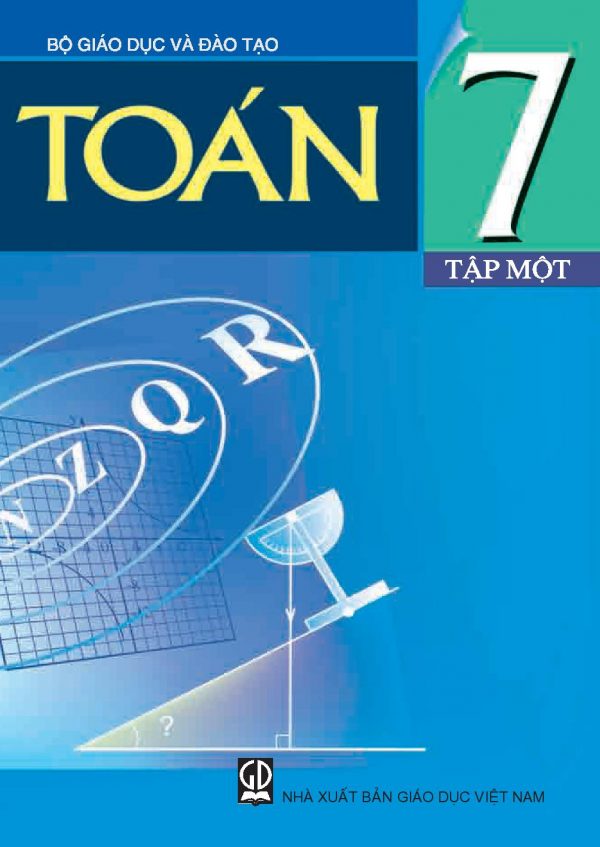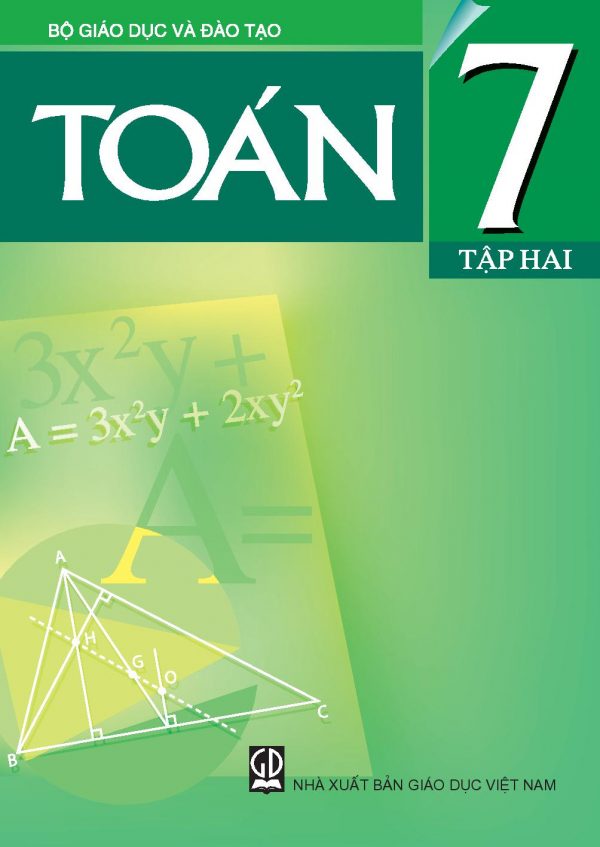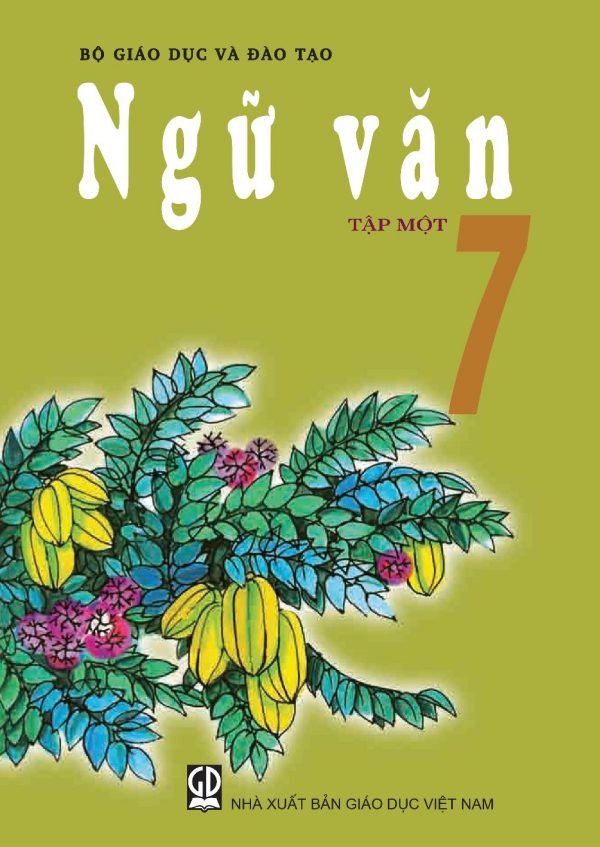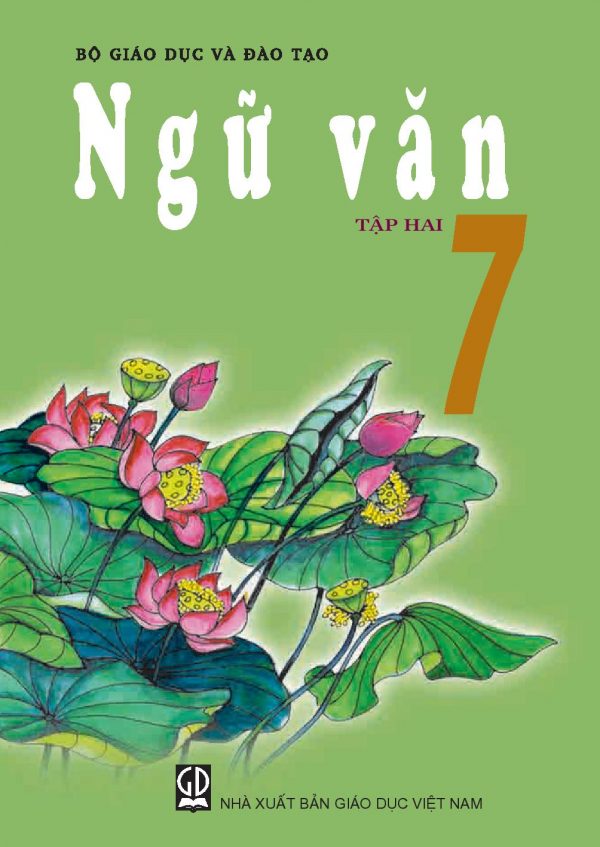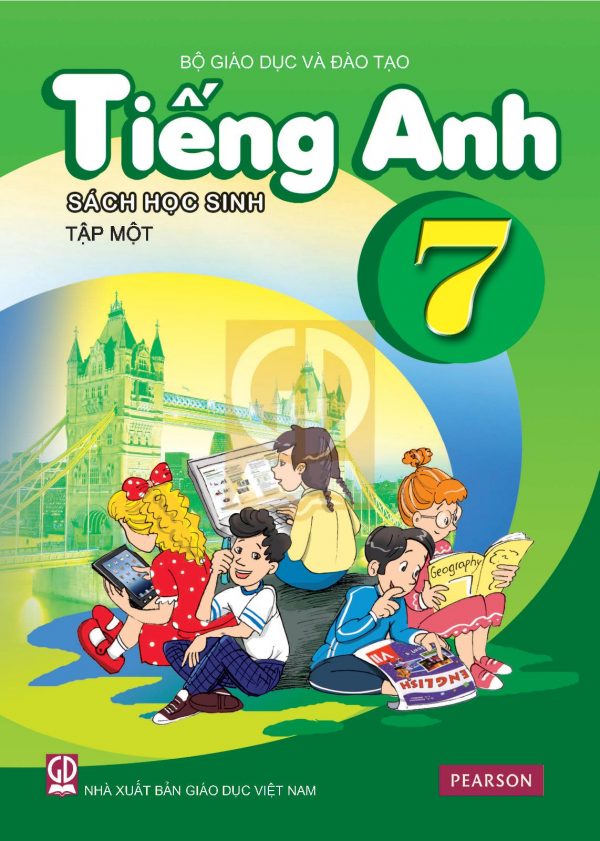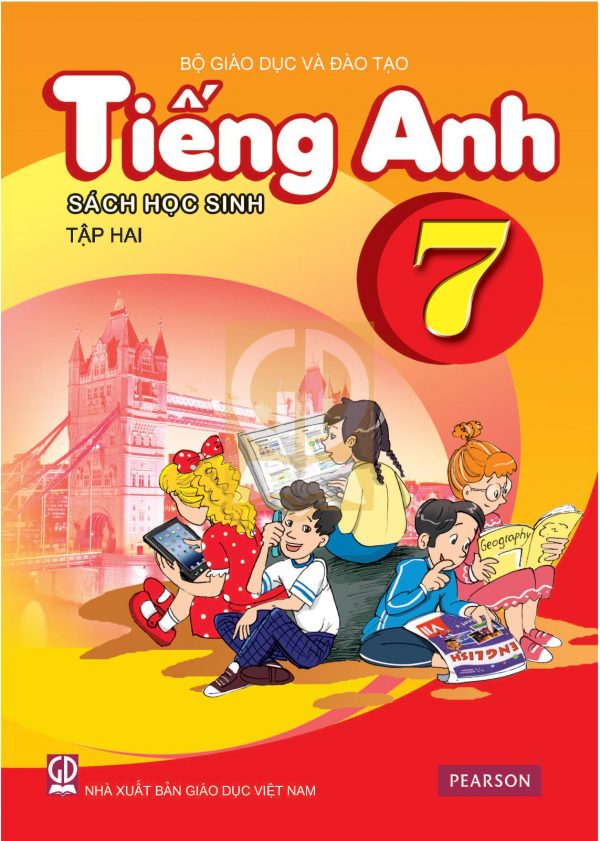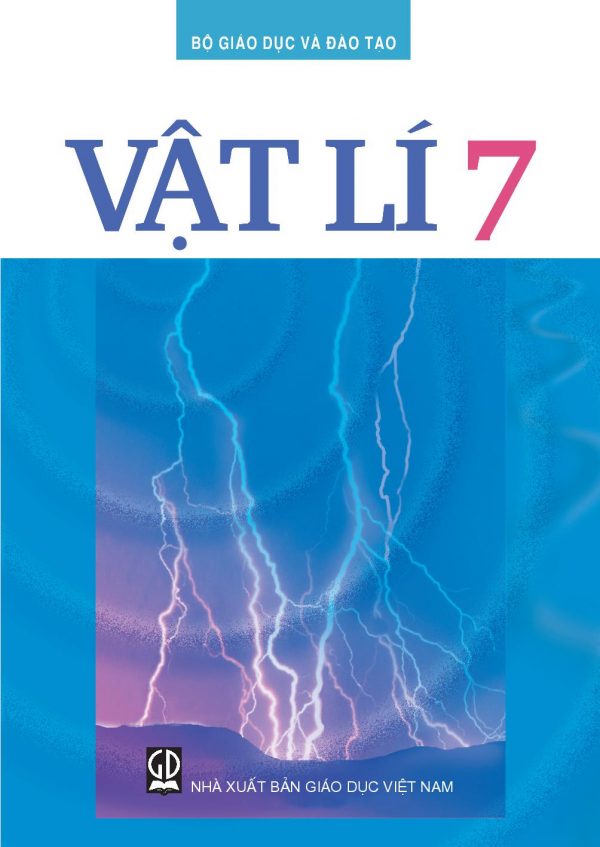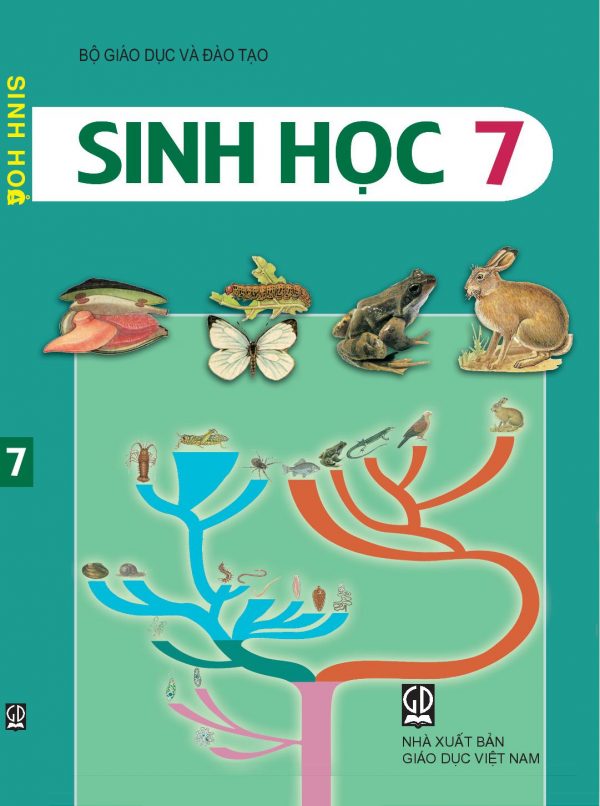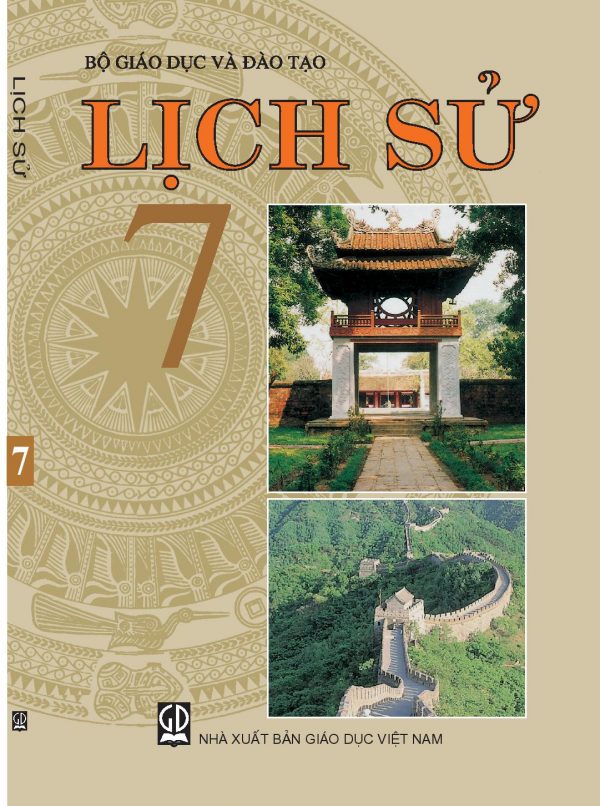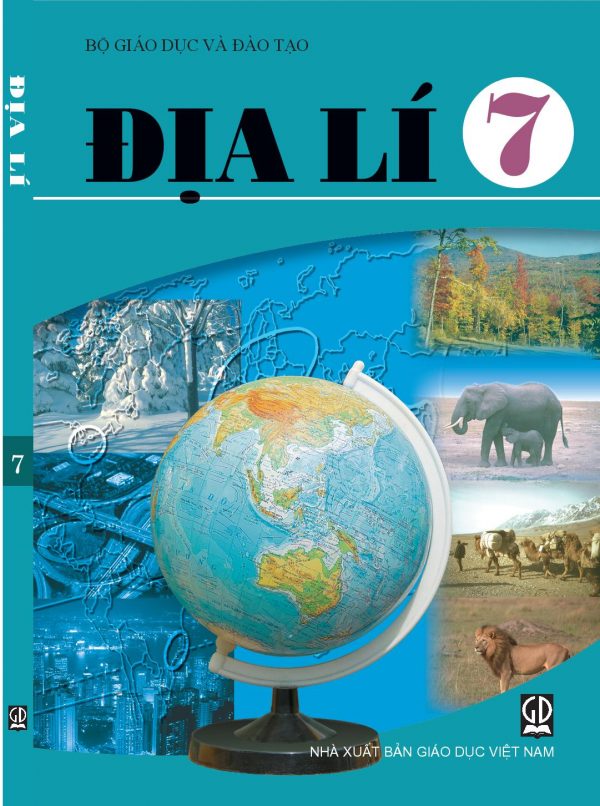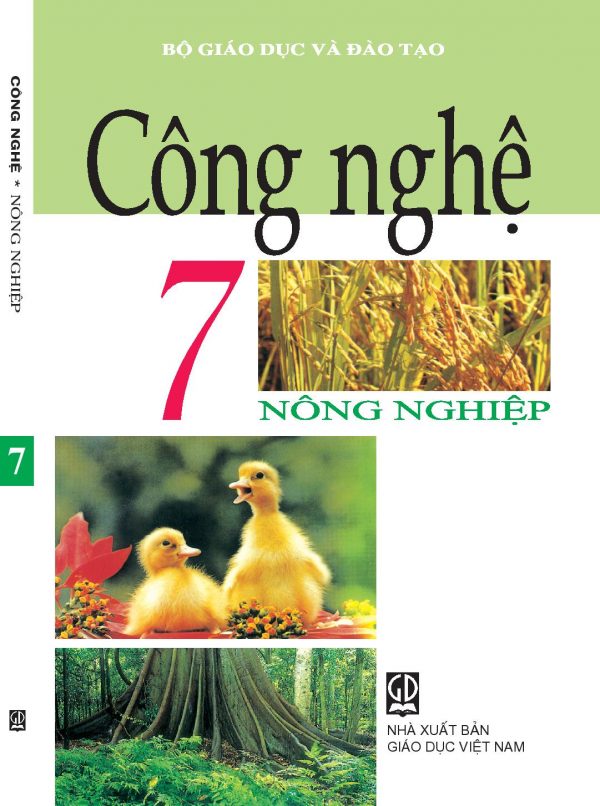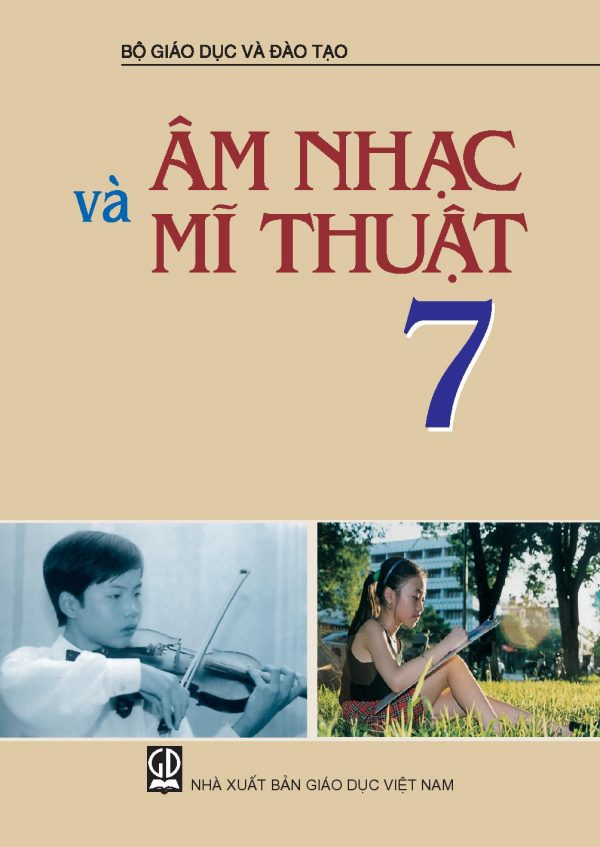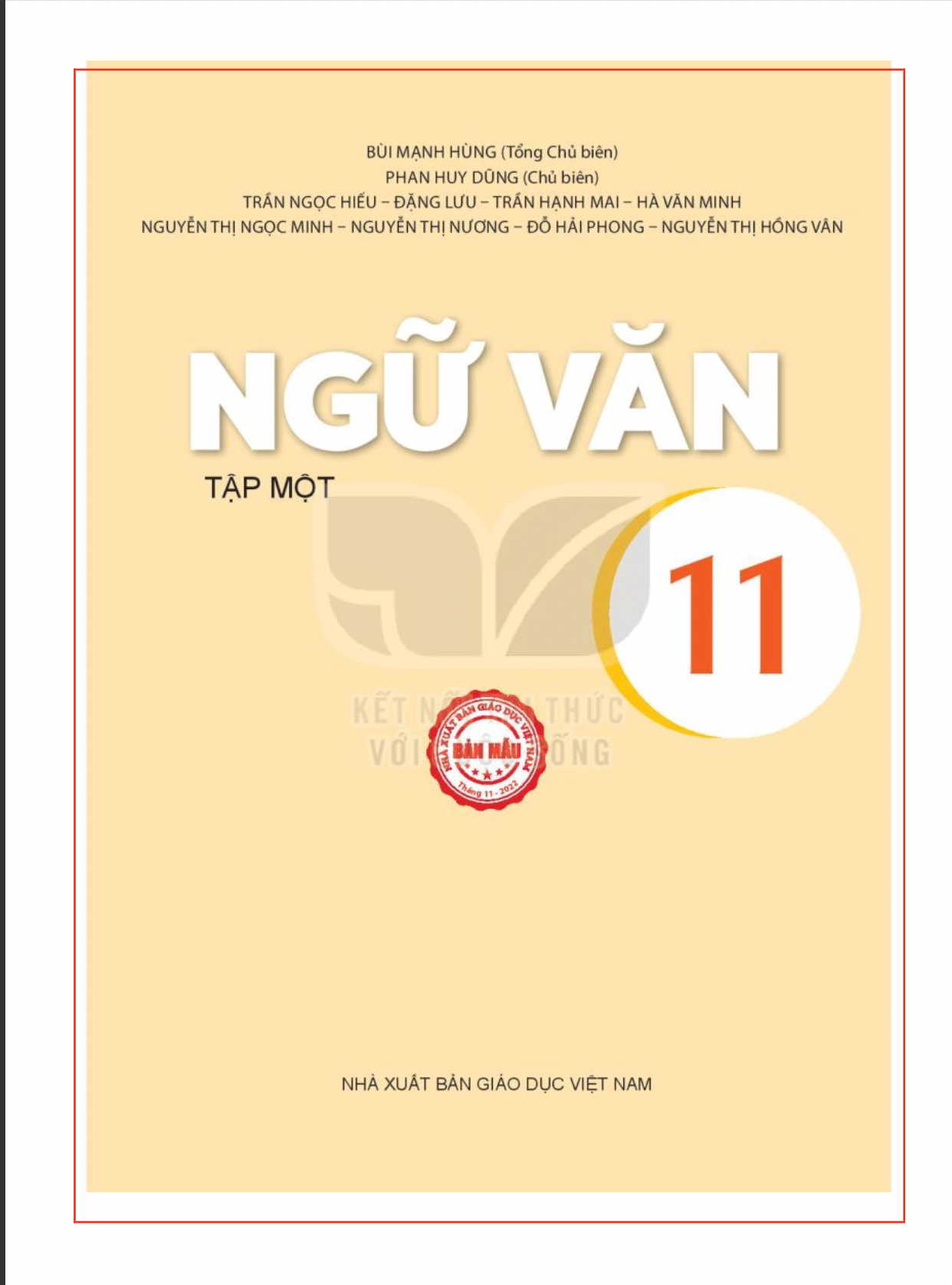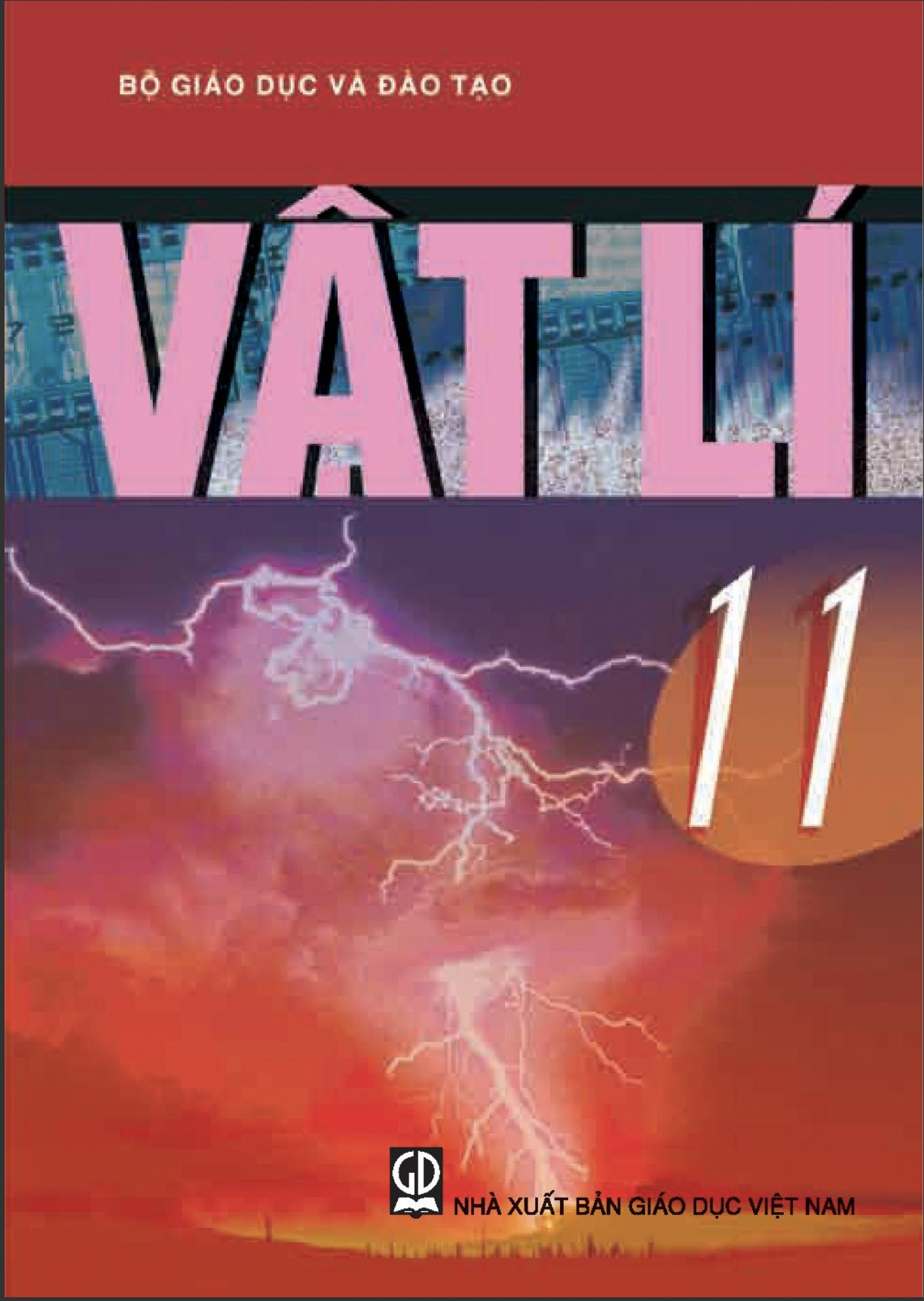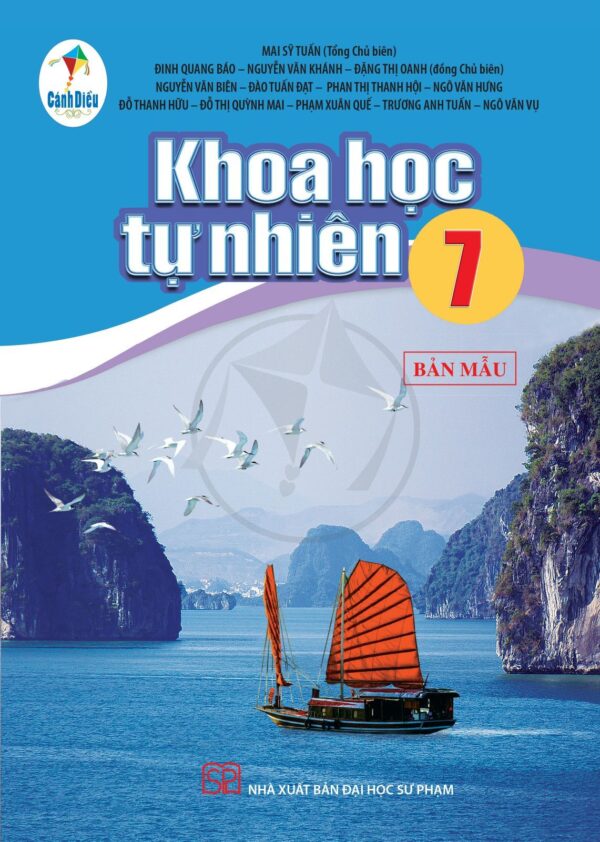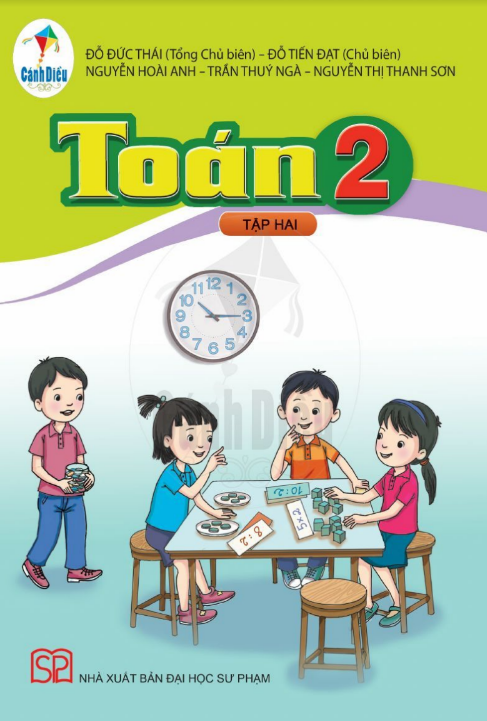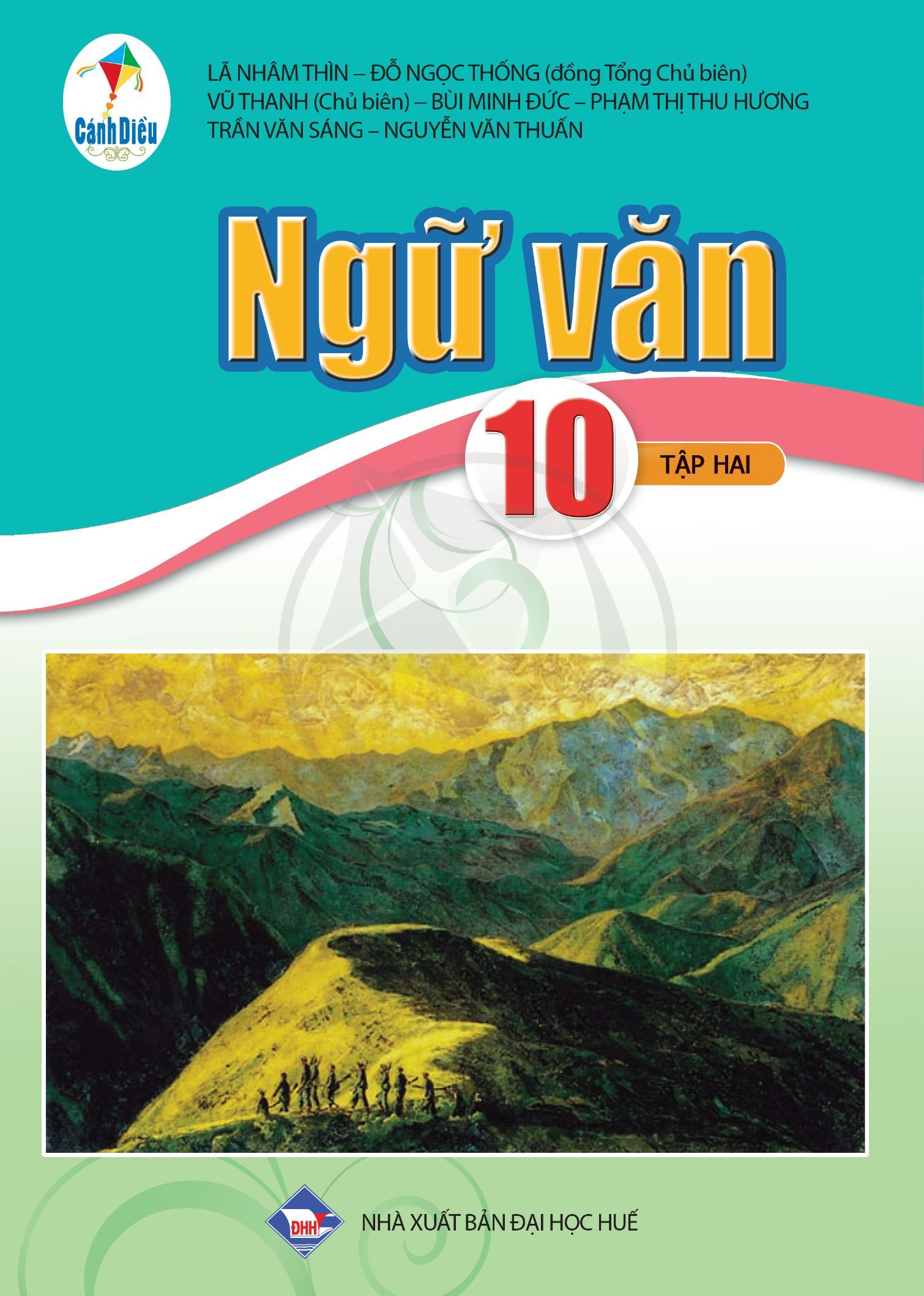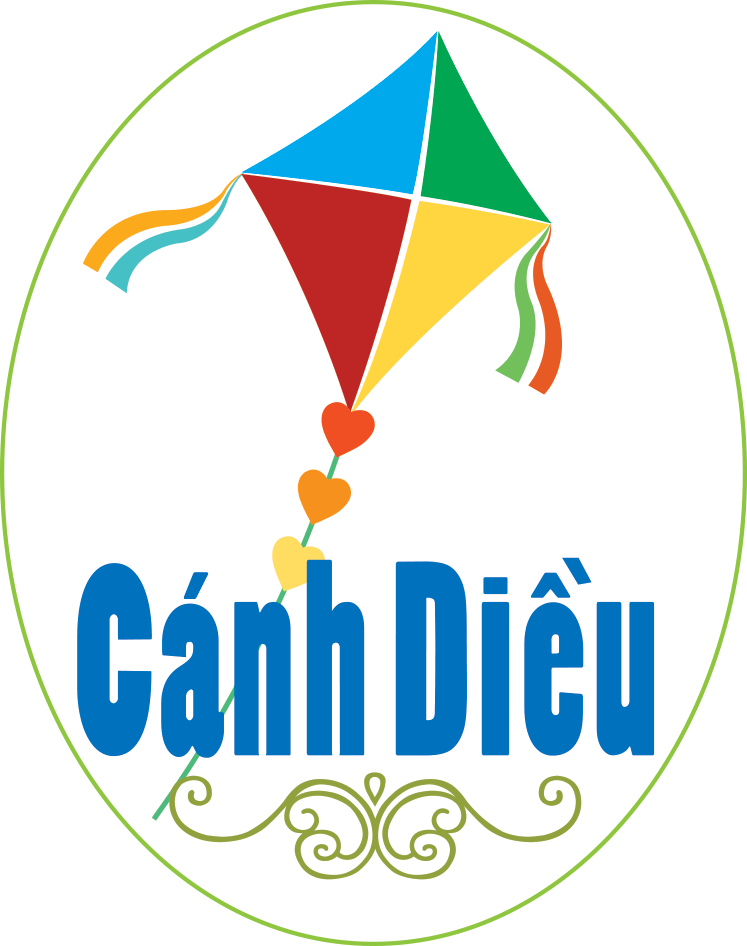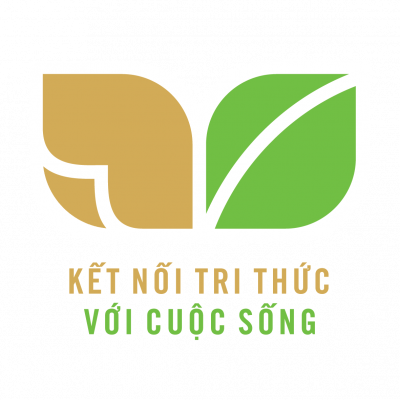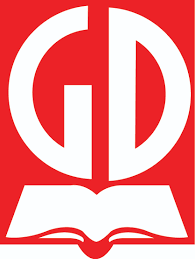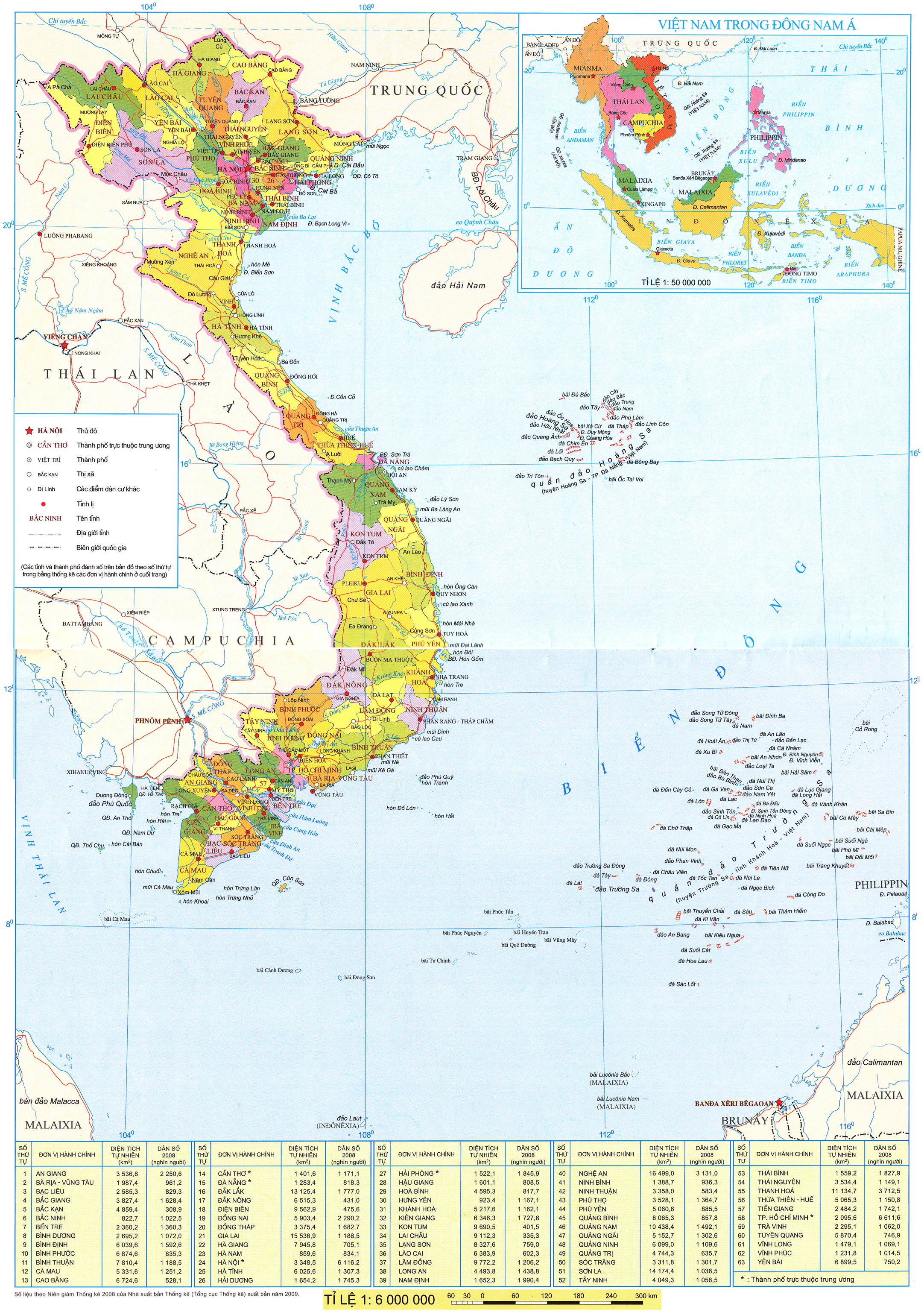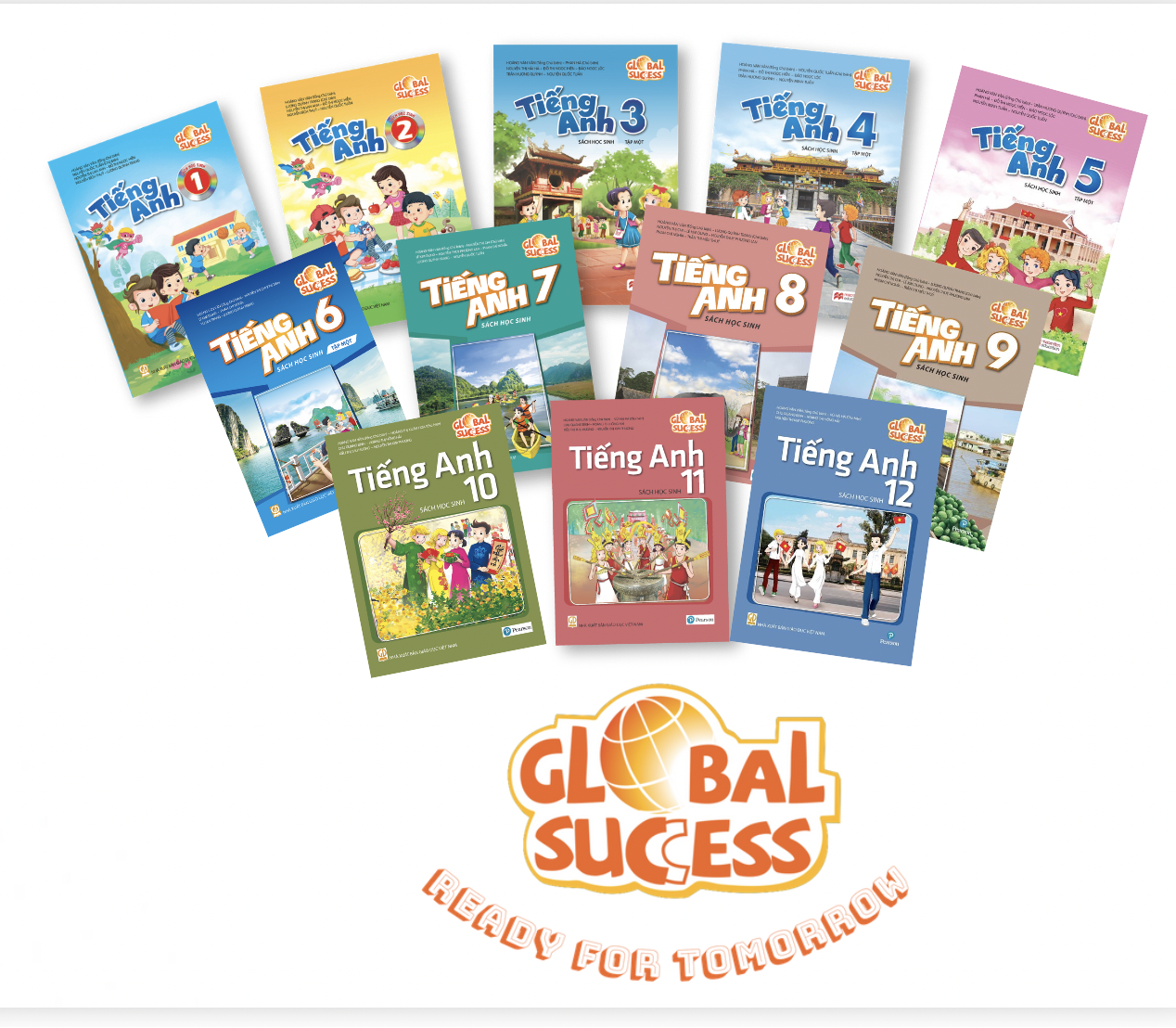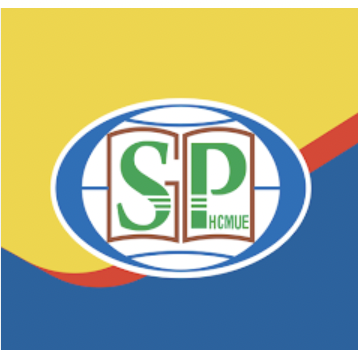(Page 75)
👉A CLOSER LOOK 2
Grammar
It indicating distance
We can use it in the position of the subject to indicate distance.
Example:
It is about 300 metres from my house to the bus stop.
1. Write sentences with It. Use these cues.
Example:
500 metres/my house / nearest shop.
-> It is about 500 metres from my house to the nearest shop.
1. 700 metres / my flat / Youth Club.
2. 5 kilometres (km) / my village / nearest town.
3. about 120 km / Ho Chi Minh City / Vung Tau.
4. 384,400 km / the Earth / the Moon.
5. not very far / Ha Noi centre / Noi Bai Airport.
2. Work in pairs. Ask and answer questions about distances in your neighbourhood.
Example:
A: How far is it from your home to the gym?
B: It's about 3 kilometres.
You can use these cues:
- your home open market/ supermarket
- your home - playground
- your home - hospital
- your home train station
Should/shouldn't
3. Choose the correct option in brackets.
1. That's an interesting book. You (should / shouldn't) read it.
2. You nearly fell off your bike! You really (should / shouldn't) be more careful.
3. We (should / shouldn't) go swimming right after eating.
4. I think that he (should / shouldn't) eat less. He's becoming overweight.
5. There are a lot of cars out today. He (should / shouldn't) drive so fast.
💡Remember!
We use should (negative: shouldn't):
- to give advice.
Example: You shouldn't go out late at night.
- to say what is the correct or best thing to do.
Example: We should go now, or we might get stuck in a traffic jam.
4. Complete each sentence, using should/shouldn't.
1. We _____ ride our motorbikes very fast in the rain.
2. You _____ study instead of watching YouTube.
3. My little sister _____ play outside late at night.
4. You _____ help your mum wash the dishes after dinner.
5. You look tired. You _____ probably get some sleep.
6. The children _____ eat so much ice cream.
(Page 76)
5. Look at the pictures. Make sentences, using should/ shouldn't and the cues.
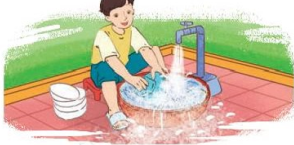
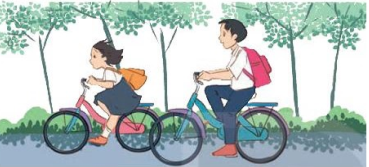
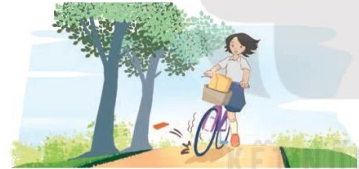
1. waste water 2. wear their helmets 3. be more careful
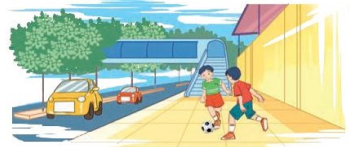
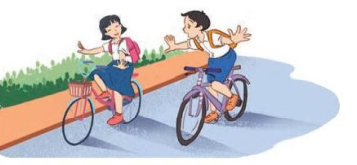
4. play football on the pavement 5. ride their bikes dangerously
